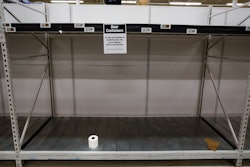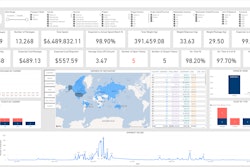
In a recent Bureau of Labor Statistics readout wholesale prices are reflecting a rise in ongoing production cost pressures. Consumers demand and need for goods is not matching up the ability to produce said goods. Ongoing production cost pressures have continued to rise since the pandemic of 2020 and will not stop until the industry takes action. Sky high consumer demands have created an issue for the industry to contend with commodity prices that remain above pre-pandemic levels. Despite an ease in consumer demands after a spike in the summer of 2022.
"We suggest that tariffs enacted on imports be targeted and aligned to key objectives rather than scattershot, and recommended the adoption of processes enabling food, beverage and consumer product manufacturers, and their suppliers to seek exclusions on packaging and ingredient materials with no national security application” says Tom Madrecki, VP of Supply Chain.
From the Consumer Brands Association:
- Wholesale prices in today’s Bureau of Labor Statistics readout demonstrated ongoing production cost pressures for the consumer products industry.
- The December Producer Price Index for food manufacturing increased 10.8% year over year, despite a slight decline of 0.8% since November 2022.
- Overall, final demand increased 6.2% in 2022 after rising 10.0 percent in 2021.
- Food manufacturing input costs are up 18% over November 2021.
- Year-over-year, eggs are up 192%, processed turkeys increased 36%, and edible oils rose 13%.
- Diesel fuel is up 20% year-over-year, significantly impacting the CPG industry, which accounts for one-fifth of all freight transportation.




















